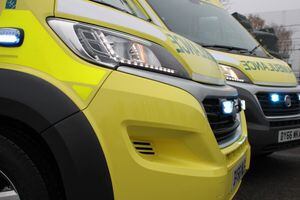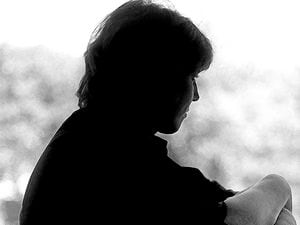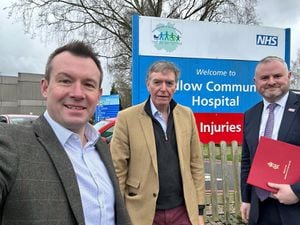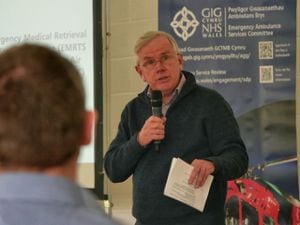Shropshire A&E waiting times the second worst in England, latest figures show
More than 800 ambulances faced delays of at least half an hour while handing over patients at the county’s two main hospitals in a single month, new figures show.

A new report to Shropshire Clinical Commissioning Group's governing body shows there was a sharp rise in delays in September – when A&E waiting times in the county were the second worst in England.
In 813 cases, crews waited longer than half-an-hour at Royal Shrewsbury Hospital and Telford’s Princess Royal Hospital – up from 571 in August.
There were also 155 delays of more than an hour in September, compared to 115 in August.
NHS rules state it should take no longer than 15 minutes.
Figures in the report show that during September 65.9 per cent of A&E patients were seen within the four-hour government waiting target, dropping from 73.4 per cent in the previous month.
The Shrewsbury and Telford Hospital NHS Trust, which runs PRH and RSH, was the second worst trust in England for waiting times in September.
One patient was also left waiting on a trolley for more than 12 hours in A&E in September, although 'did not suffer any harm'.
The report to the CCG's board, which meets tomorrow, says the increase in ambulance handover delays was a result of an increase in the number of ambulances conveyed.
Demand
It says: "A&E performance having shown signs of sustained improvement in July and August dropped back to 65.9 per cent in September.
"Demand for Shropshire remains above plan year to date and ambulance conveyances are increasing locally at a faster rate than elsewhere in the region.
"A chief execs meeting is scheduled for the 18th November within West Midlands Ambulance Service to agree what system action can be taken to reduce this.
"Workforce levels and now sustained increases in demand are the main issues although workforce is showing some signs of improvement but slowly."
Hospital bosses say there has been increasing demand in the trust's emergency departments month after month.
Sara Biffen, deputy chief operating officer at SaTH, said: “In September we saw more than 3,700 ambulances attend our two emergency departments – an average of 125-a-day.
"That is almost 590 ambulances – or 20-a-day – more than in September last year.
“We continue to work with our partners, including the ambulance service, to ensure handovers take place, and ambulances are back out responding to emergencies, as quickly as possible.
"Our priority is to ensure that patients arriving at our A&Es receive the right treatment. More complex cases have more complex needs which take longer to meet, but we will not compromise on patient care.
“I would like to thank our staff who are working so hard to ensure our patients are treated safely and with kindness despite these very challenging conditions.”
The Care Quality Commission is also due to revisit both hospitals imminently to see how much progress has been made since the trust was rated 'inadequate' and placed in special measures last year.





